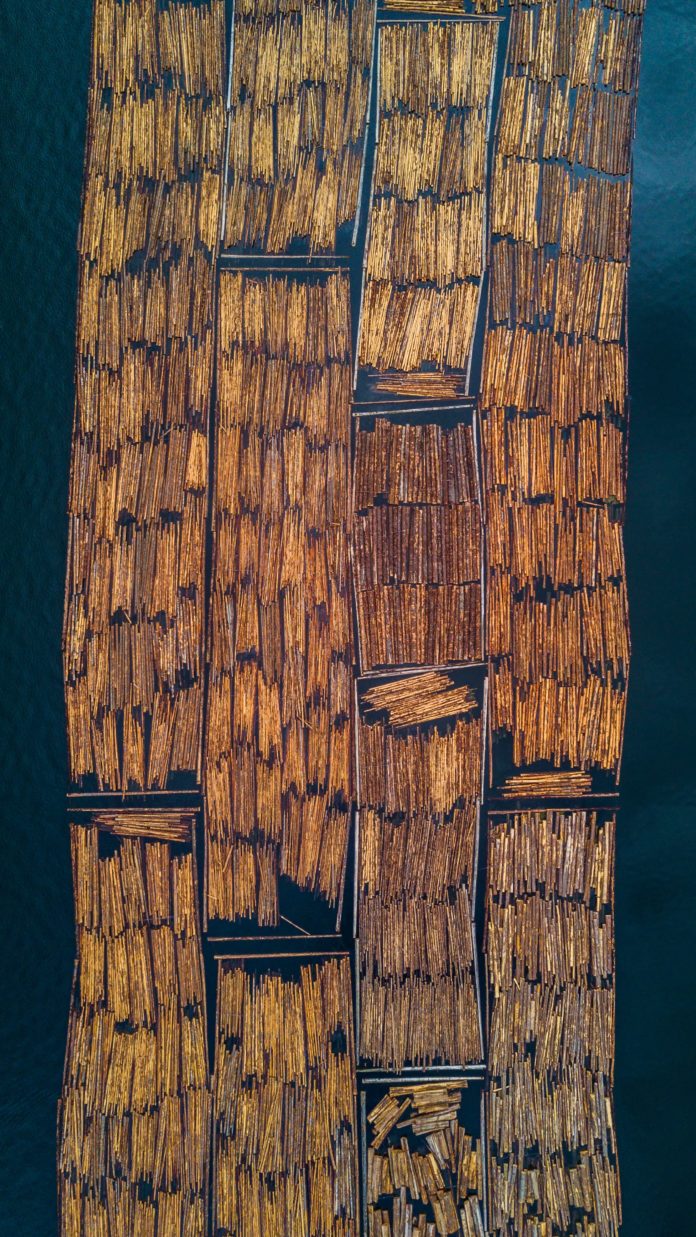
A significant decline in demand has affected the pulp and paper industry, leaving some generations-old manufacturers fighting to stay relevant in the age of digital documentation.
That said, the logging industry feeds more than just the shrinking paper-based publishing market. Modern society relies on an enormous number of paper products for personal hygiene, packaging and construction. However, if manufacturers find ways make these products from more eco-friendly materials, which many consumers wish them to, the transition might eliminate the great majority of the pulp and paper industry, at least as we know it.
What once was a booming empire is now scrambling to innovate in the face of this environmental backlash. Industry leaders are being forced to tackle criticism regarding the undisputable damage left by those who practice clearcutting, and decide whether paper production should be levied into the same category as other climate-affecting industries, such as energy and transportation.
Despite the bleak prognosis, however, there is still room for growth and expansion, especially when it comes to innovation and diversification.
To take a closer look, we’ve compiled a list of the Top Ten Pulp and Paper Companies in the World – those innovating and diversifying to combat the industry’s economic decline.
10. Svenska Cellulosa
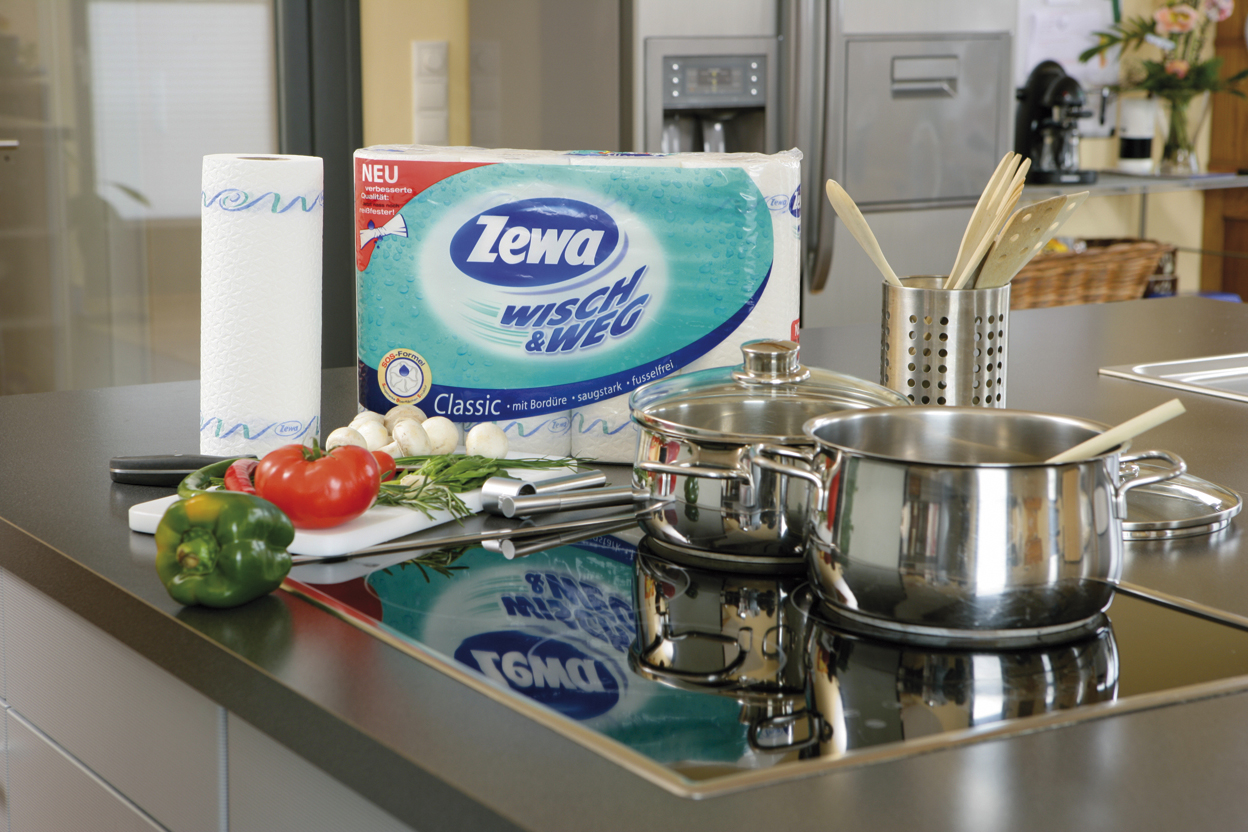
Revenue: $2.2 billion
Location: Sudsvall, Sweden
Svenska Cellulosa AB was founded in Sweden by Ivar Kreuger in 1929. A series of mergers and acquisitions followed in the wake of Kreuger’s 1932 bankruptcy, leading to the 1975 purchase of Molnlycke Health Care, which diversified the company’s holdings from forest and logging to disposable paper hygiene products. Currently, the Sundsvall headquarters oversees nearly 4,000 employees and 2.6 million hectares of privately owned forest land, making it the largest private owner of forest in Europe.
The company has faced several lawsuits regarding its continued practice of clearcutting, and has also received criticism from Greenpeace and other environmental organisations for its contribution to the global warming crisis.
9. Smurfit Kappa Group
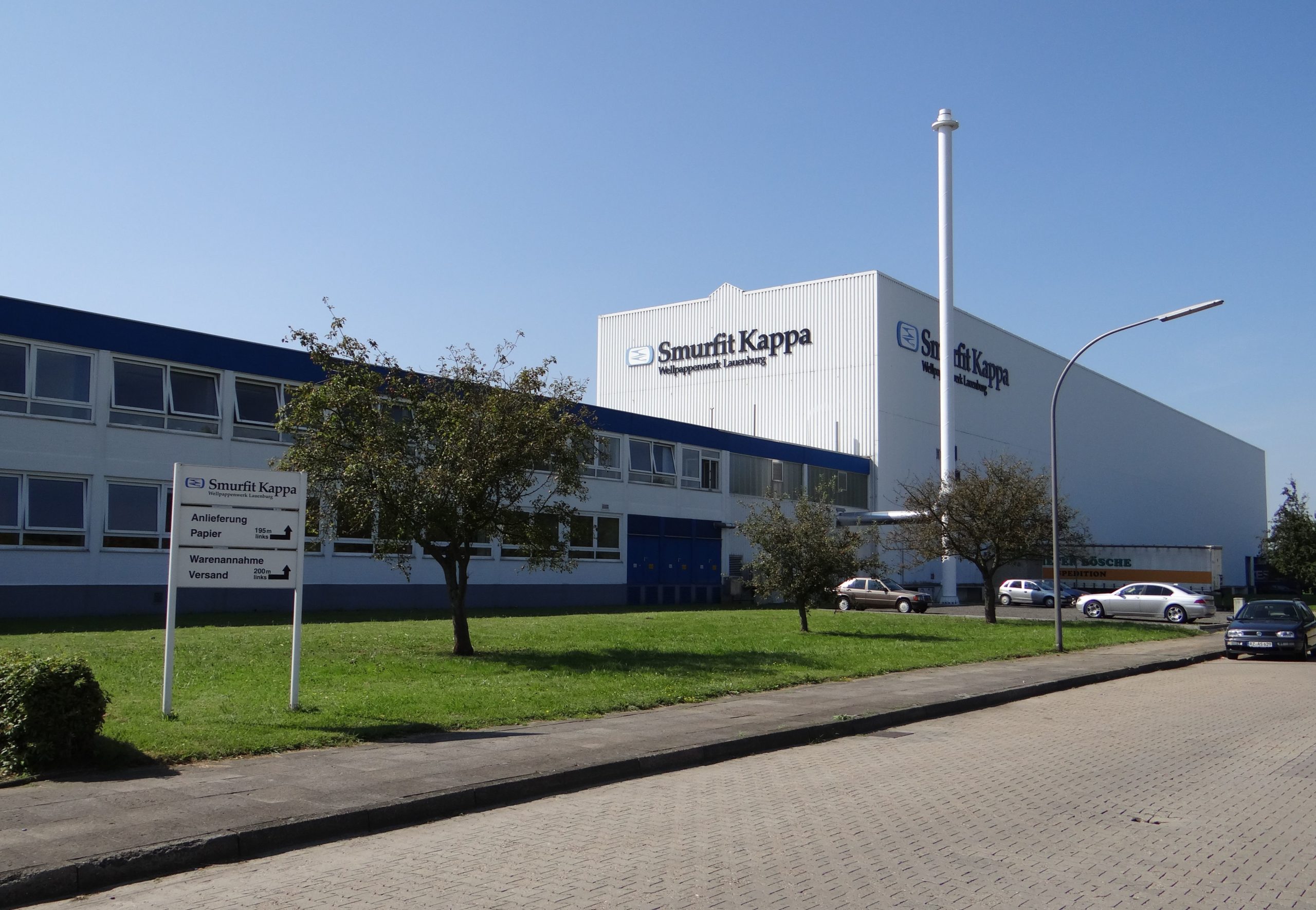
Revenue: $10.4 billion
Location: Dublin, Ireland
Packaging and raw materials producer Smurfit Kappa’s roots are in Dublin, where the headquarters remain, from when a box-maker initially incorporated his firm in 1934, calling it Smurfit-Stone Container Corporation. It was quickly sold to Jefferson Smurfit and, just three decades later, listed on the Irish Stock Exchange. It was renamed in 2002 during a merger.
Smurfit Kappa currently employs 45,000 people in 35 countries in Europe, North America and South America. It is also a leader in sustainable solutions for the industry, receiving five awards in 2020 at the Nestle Supplier Awards, including “Best Sustainable Supplier”. These awards acknowledge the initiative taken by Smurfit Kappa to reduce its carbon footprint with creative packaging solutions.
8. Nippon Unipac Holding (Nippon Paper Industries)
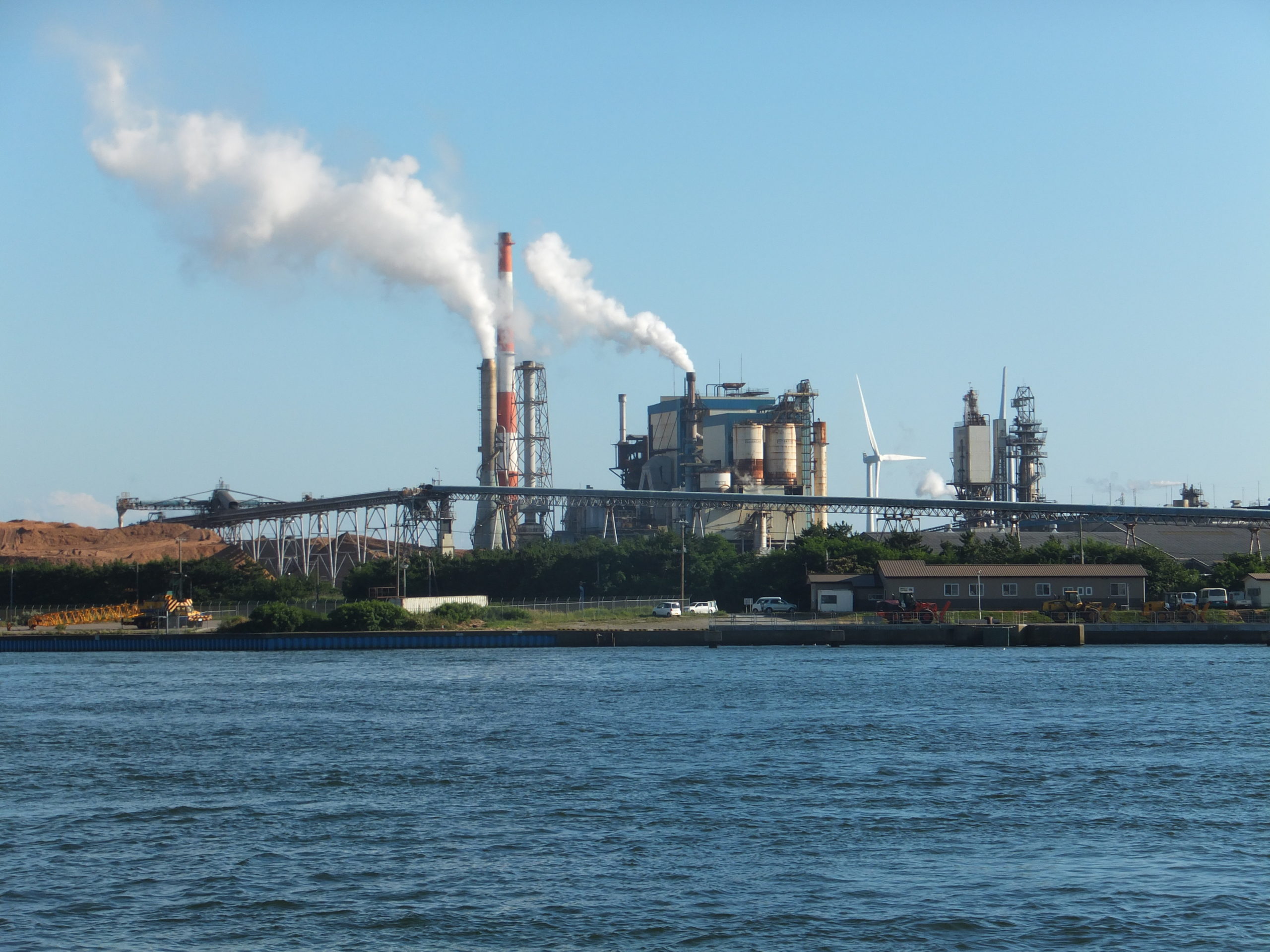
Revenue: $11 billion
Location: Tokyo, Japan
Nippon Unipac was founded in 1949. Originally named Jujo Paper Co., Ltd, the company underwent a series of mergers over the next four decades until 1993, when it was renamed. Its wealth has grown consistently since its inception, allowing for numerous take-overs and purchases of smaller subsidiaries, including Australian Paper and Weyerhaeuser.
Nippon Unipac currently has 33 subsidiaries and 11 associate companies, also producing film, chemicals and lumber, and is the largest paper producer in Japan.
7. UPM-Kymmene Oyj (UPM)
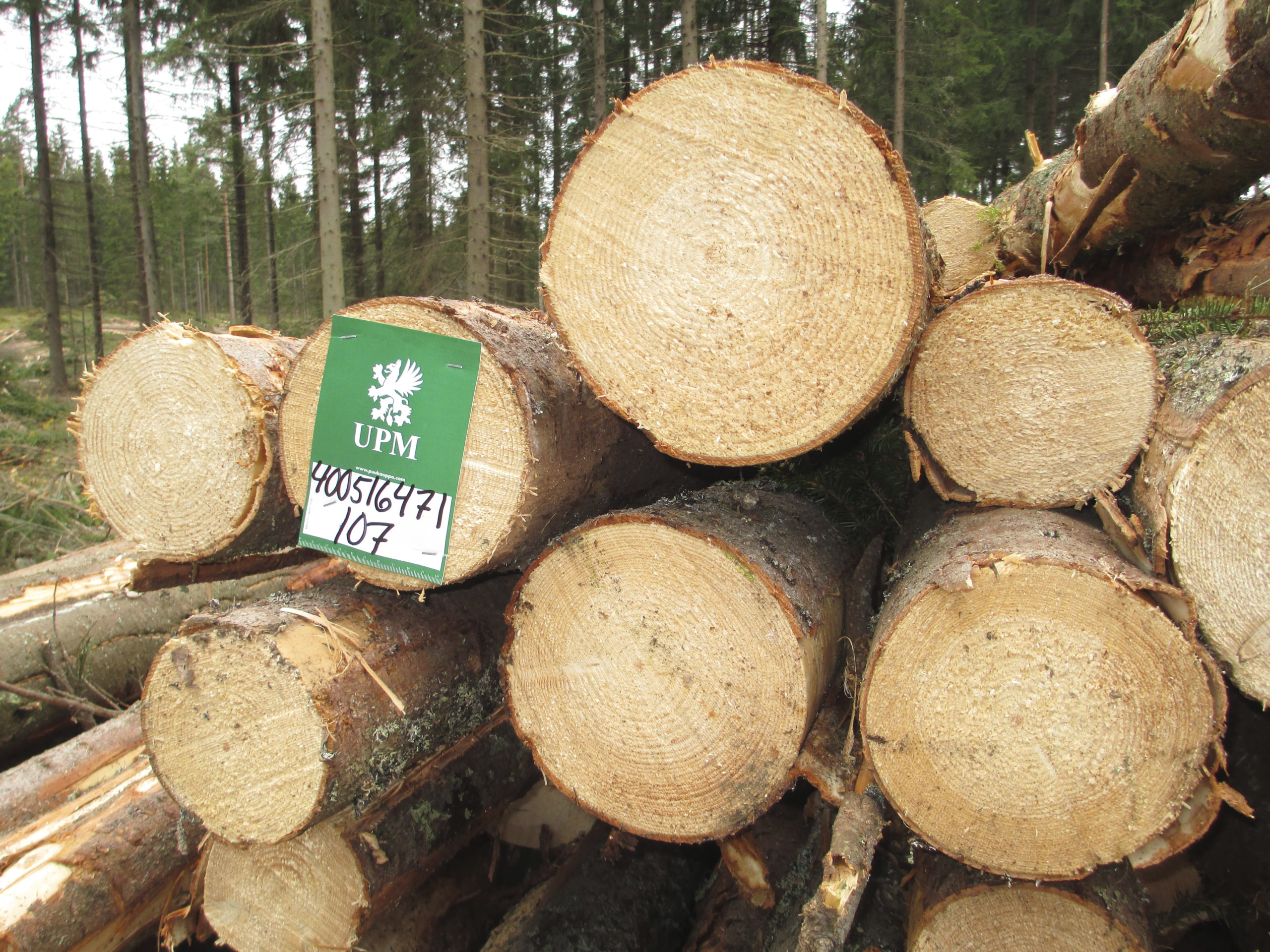
Revenue: $11.24 billion
Location: Helsinki, Finland
Founded in 1996, UPM boasts a myriad of international operations in China, France, Germany, Uruguay, Indonesia and the UK. It maintains production plants in 13 countries and employs nearly 20,000 people.
The company prides itself as a forestry innovator, integrating the bio and forest industries with eco-friendly, sustainable technologies. It’s organised into six business groups, all led by UPM: Biorefining, Raflatac, Paper Asia, Paper ENA, Plywood and Energy.
Though a coalition of businesses merged to form the modern company in 1996, the original location of its oldest paper mill was in France toward the end of the 15th century. The company’s griffin logo, designed in 1899, is the oldest continuous company logo in that country.
6. Stora Enso
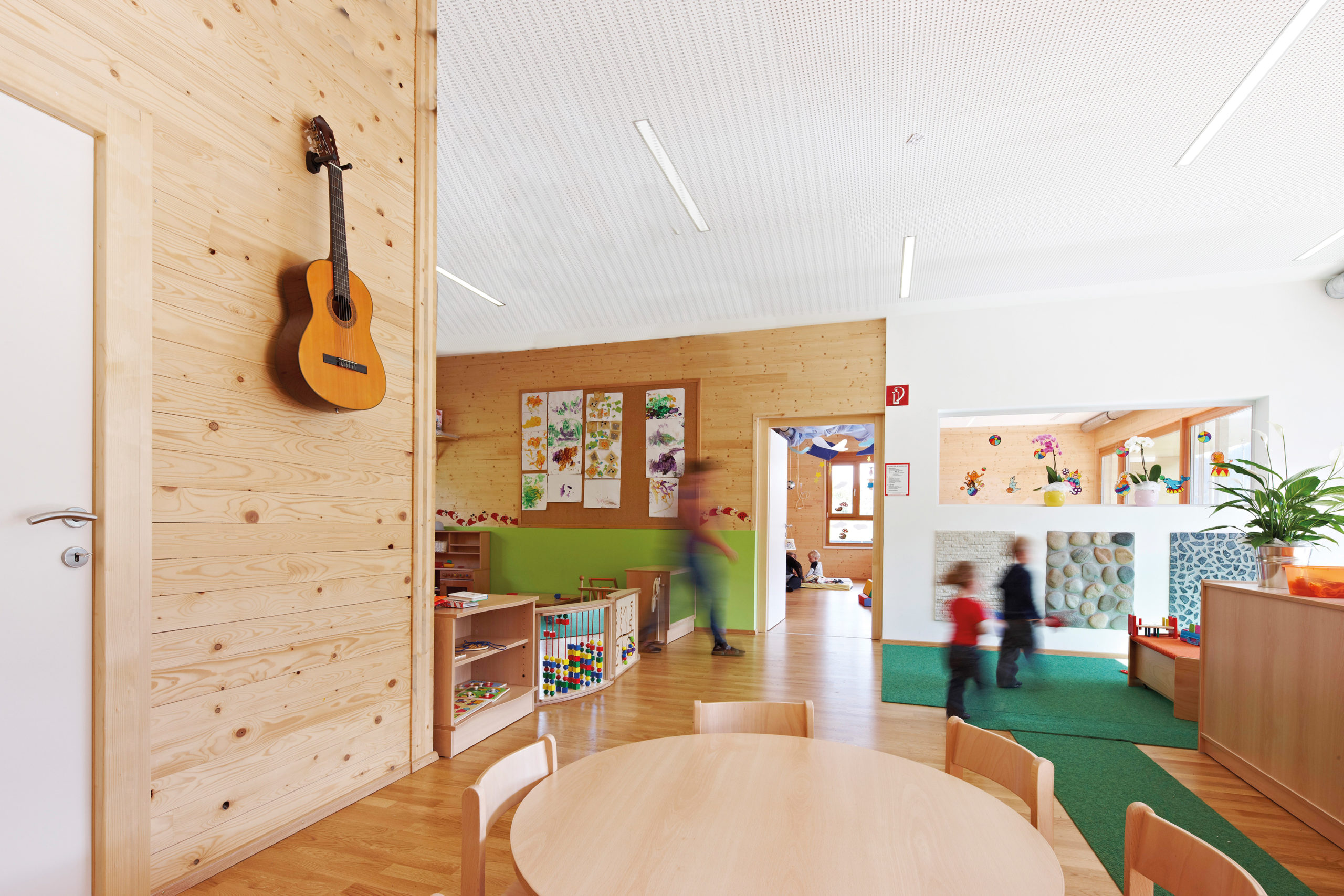
Revenue: $12.1 billion
Location: Helsinki, Finland
The oldest paper, logging and packaging corporation on the list – and perhaps in the world – is Stora Enso. Beginning in Finland in 1288 as a copper mining company, it was the first preserved share between the company Stora Kopparberg and the Bishop of Vasteras. This partnership offered significant profits for both parties, and the company’s growth continued throughout the 17th century, with Stora Kopparberg providing two-thirds of the world’s copper.
During the 18th and 19th centuries, the company made the transition from copper to iron ore and became a modern incorporated shareholder named Stora Kopparbergs Bergslags AB. After its incorporation in 1862, the company expanded into pulp and paper production; currently, it remains one of Europe’s primary paper and paperboard producers.
Throughout its complex history, one family transitioned ownership over a generation – although this is a short time span considering the company’s longevity, it nonetheless makes Stora Enso the only family-owned (for a time) company on our list.
With more than 25,000 employees in 35 countries, the modified Stora Enso is a leading international provider of renewable solutions in biomaterials and paper products.
5. Oji Holdings Company
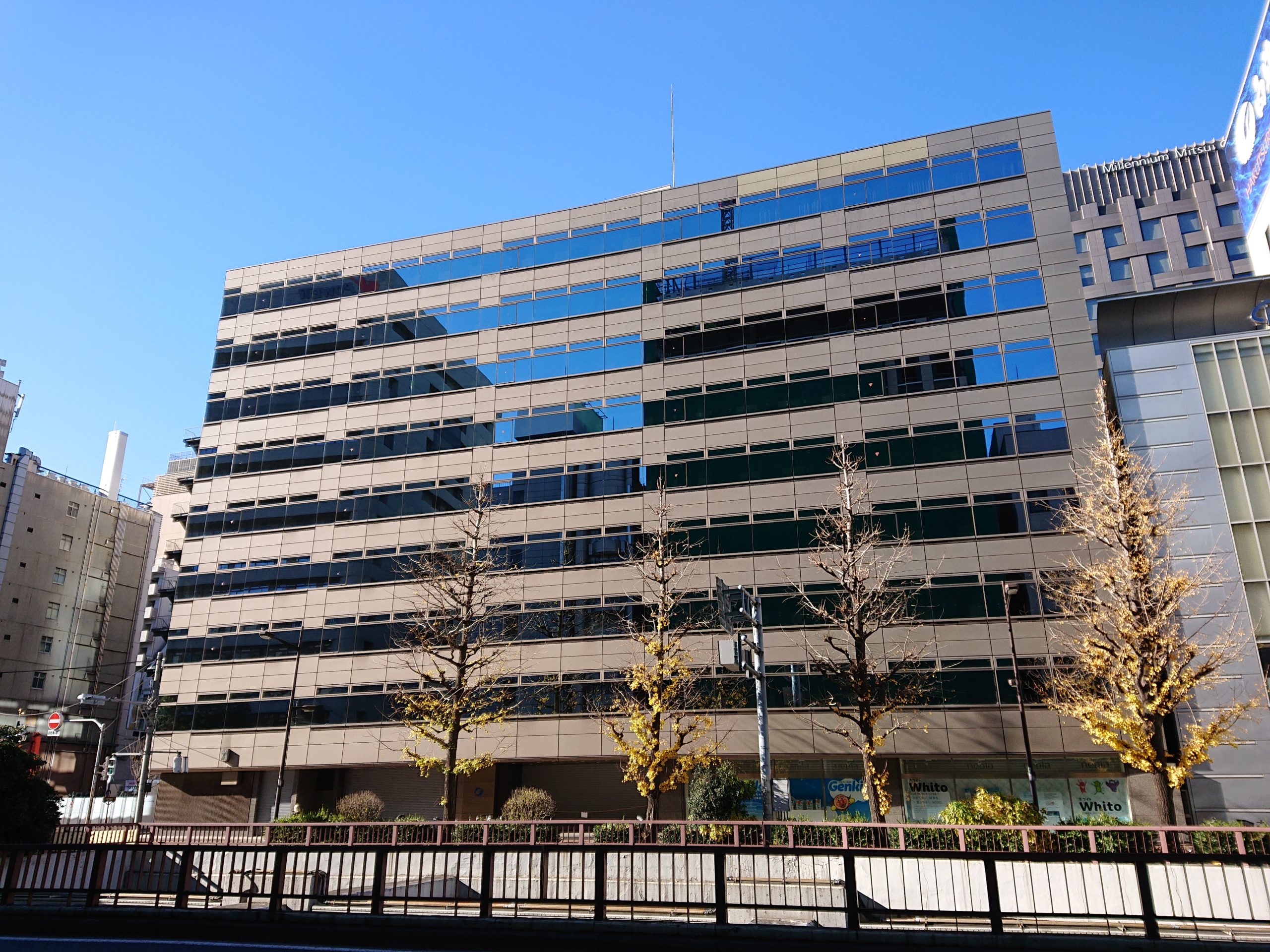
Revenue: $14.1 billion
Location: Tokyo, Japan
With 86 pulp and logging production sites within Japan, Oji Holdings Company has remained one of the country’s most valuable producers of packaging, paper, lumber and other products since 1873. Following the First World War, a merger made Oji into a goliath corporation that produced 80 per cent of the country’s Western-style paper.
The company holds forest interests covering 143,000 hectares worldwide and imports millions of tonnes of product back into Japan for construction. After numerous mergers and acquisitions, the company was renamed Oji, after the village in which its first mills were established.
4. Procter & Gamble

Revenue: $17.1 billion
Location: Cincinnati, Ohio, USA
Founded by an English candle maker and an Irish soap maker, Procter & Gamble, the original producer of Ivory soap, took its time to delve into the pulp and paper industry. Its founders began by winning contracts for the Union Army to provide soap and candles, but between its inception in 1837 and its purchase of Charmin paper mills in 1957, the company took on a variety of products, including vegetable oil (Crisco, 1911), and laundry detergent (Tide, 1946).
Procter & Gamble’s diverse product line covers all aspects of personal care, such as hygiene, skincare and baby care. It distanced itself from the food industry in 2014 during a major restructuring wherein it sold off more than 100 subsidiary brands, including Pringles.
Procter & Gamble has received international criticism and been the subject of boycotts as a result of numerous claims of cruelty to animals. PETA representatives attacked the company for testing products on animals, which led to it investing $275 million into developing alternate testing methods. In the 1980s, Procter & Gamble products faced controversy for containing bacteria known to cause toxic shock syndrome; consequently, the company voluntarily recalled the associated brand from the market and offered a public notification to consumers.
3. WestRock
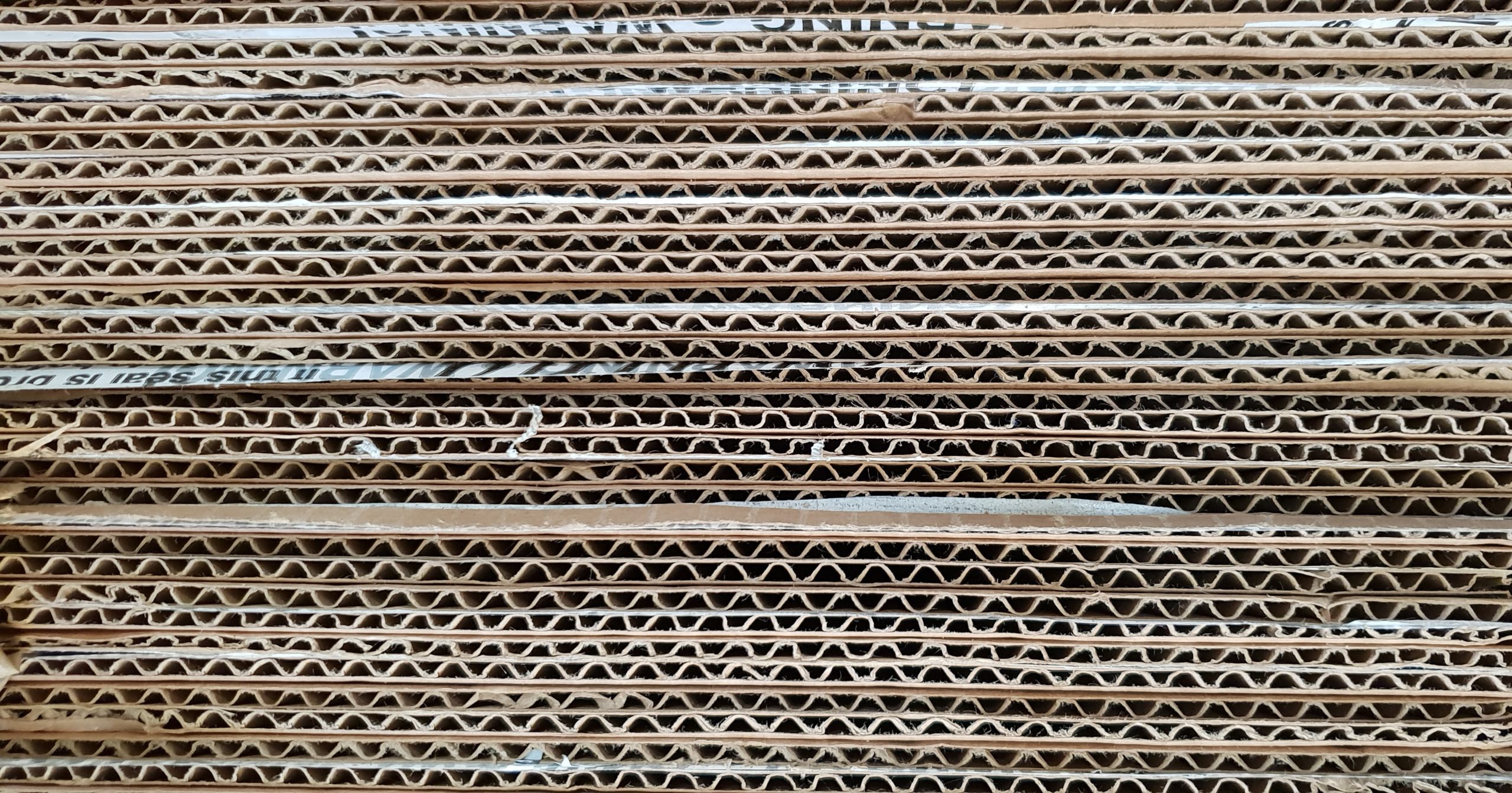
Revenue: $18 billion
Location: Atlanta, Georgia, USA
Founded in 2015, WestRock is a relatively young company in the industry. However, despite its competitors’ longevity, WestRock has distinguished itself as a stronghold in paper packaging and was ranked 194th on the US Fortune 500 in 2018.
The company has acquired numerous manufacturing holds and packaging companies over its five-year growth and currently stands as the second-largest American packaging company.
2. Kimberly-Clark Corp.
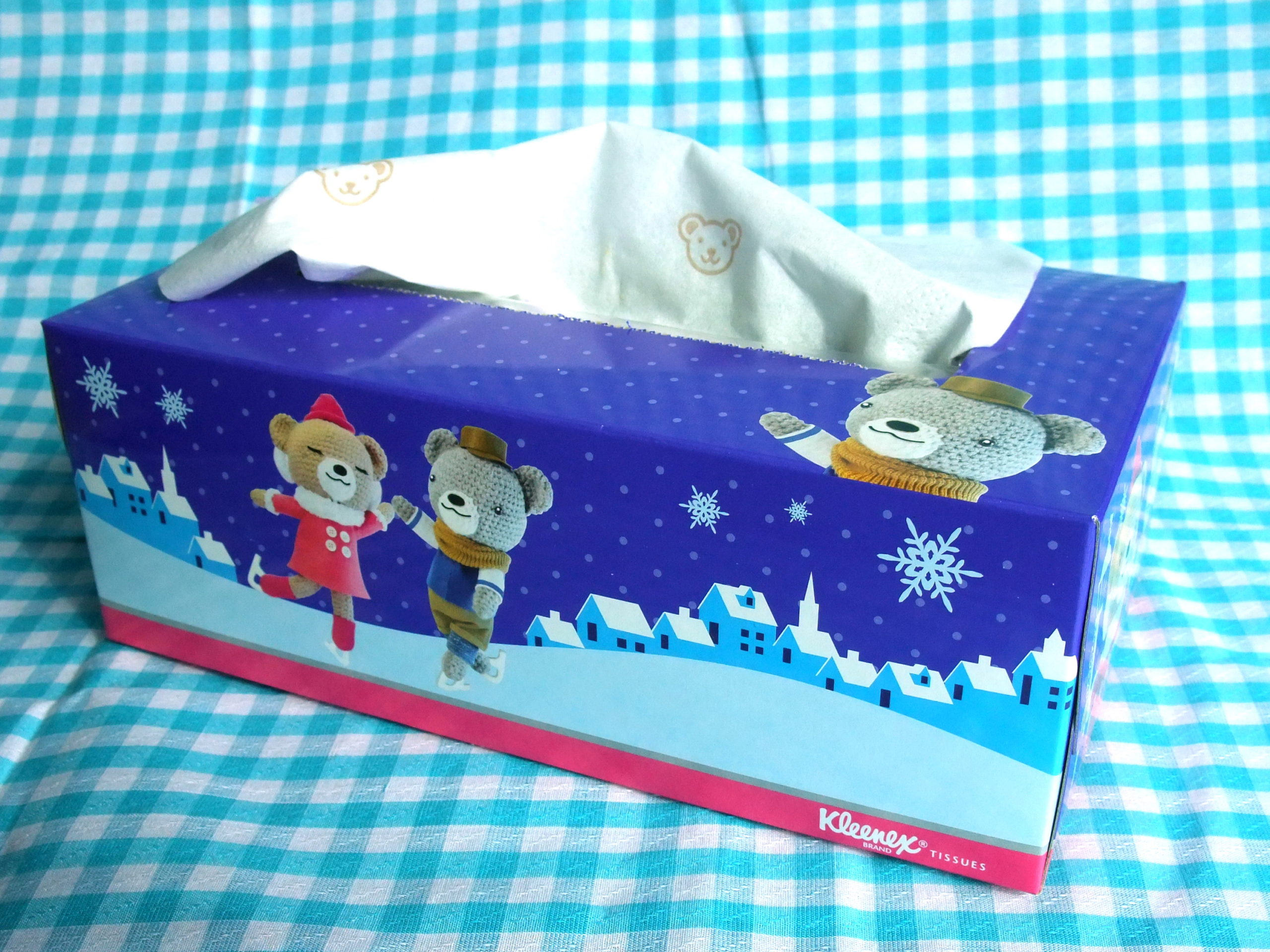
Revenue: $18.45 billion
Location: Irving, Texas, USA
The second most-profitable company on this list is also the world’s leading producer of hygiene products, with Kotex, Kleenex, Cottonelle, Scott and Huggies being the corporation’s most notable brands.
Fortune 500 List veteran Kimberly-Clark Corp. has held a firm grasp on the industry since its inception in Wisconsin, USA, in 1872. Following WWI, the company introduced Kotex, the first feminine hygiene product to hit the free market. Significant manufacturing site expansions followed in the 1950s, leading to facilities in 38 countries and the company gaining international recognition.
Kimberly-Clark Corp. has taken part in a variety of major give-back initiatives in recent years, including Toilets Change Lives, which launched in 2014, and Water For People, which provided resources in South Africa, Bangladesh and South America for hygiene education and access to clean drinking water.
1. International Paper

Revenue: $22.4 billion
Location: Memphis, Tennessee, USA
International Paper has been one of the most profitable and productive companies in the industry since its incorporation in 1898. Soon after, a grand merger of 17 logging companies and the invention of linotype helped Chairman Phillip Dodge to propel the company forward as the USA’s most valued newsprint supplier.
Throughout the 1980s and 1990s, the company acquired a multitude of paper mills and paper companies, including Hammermill Paper Company, the German Zanders Feinpapiere AG, Aussedat Rey from France and the Federal Paper Board.
Currently, International Paper operates in 24 countries, employs more than 55,000 people and is on top of our list.









